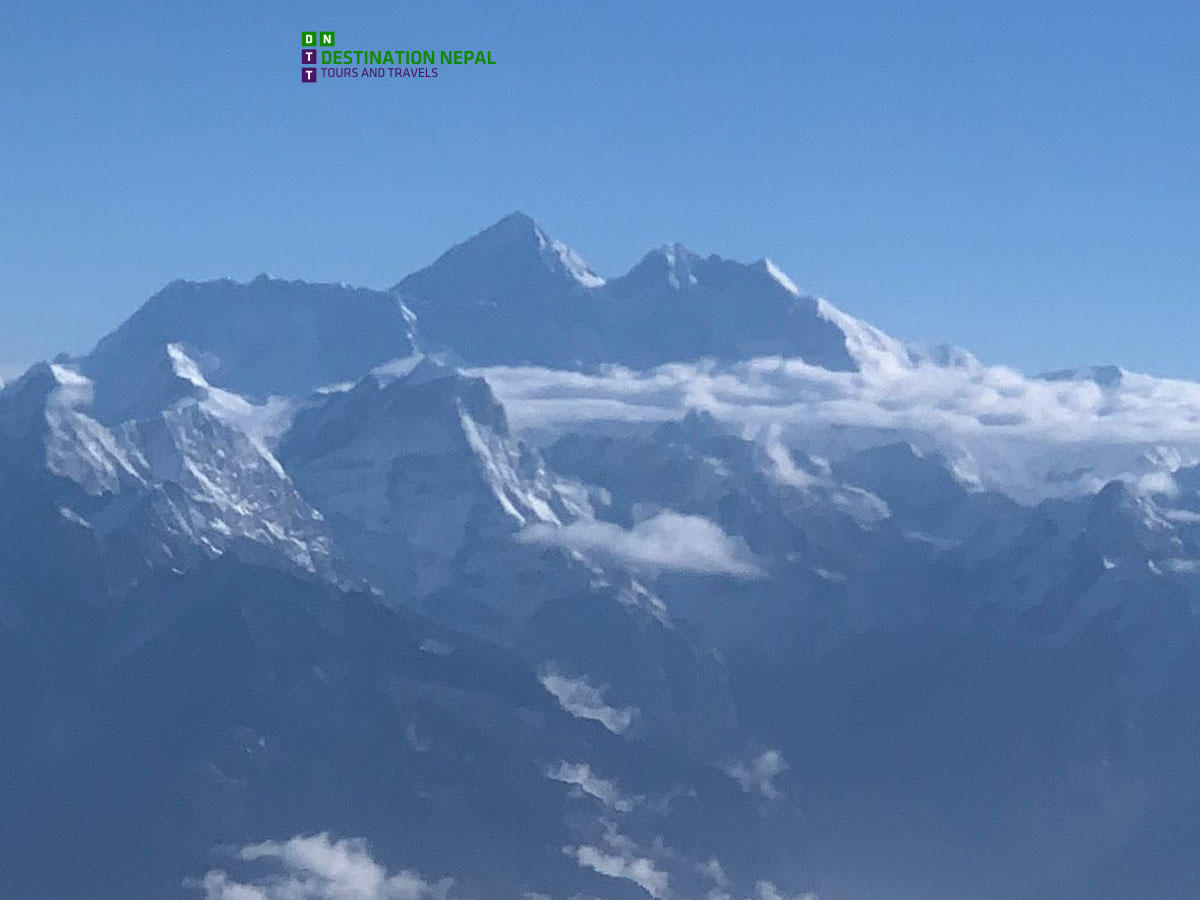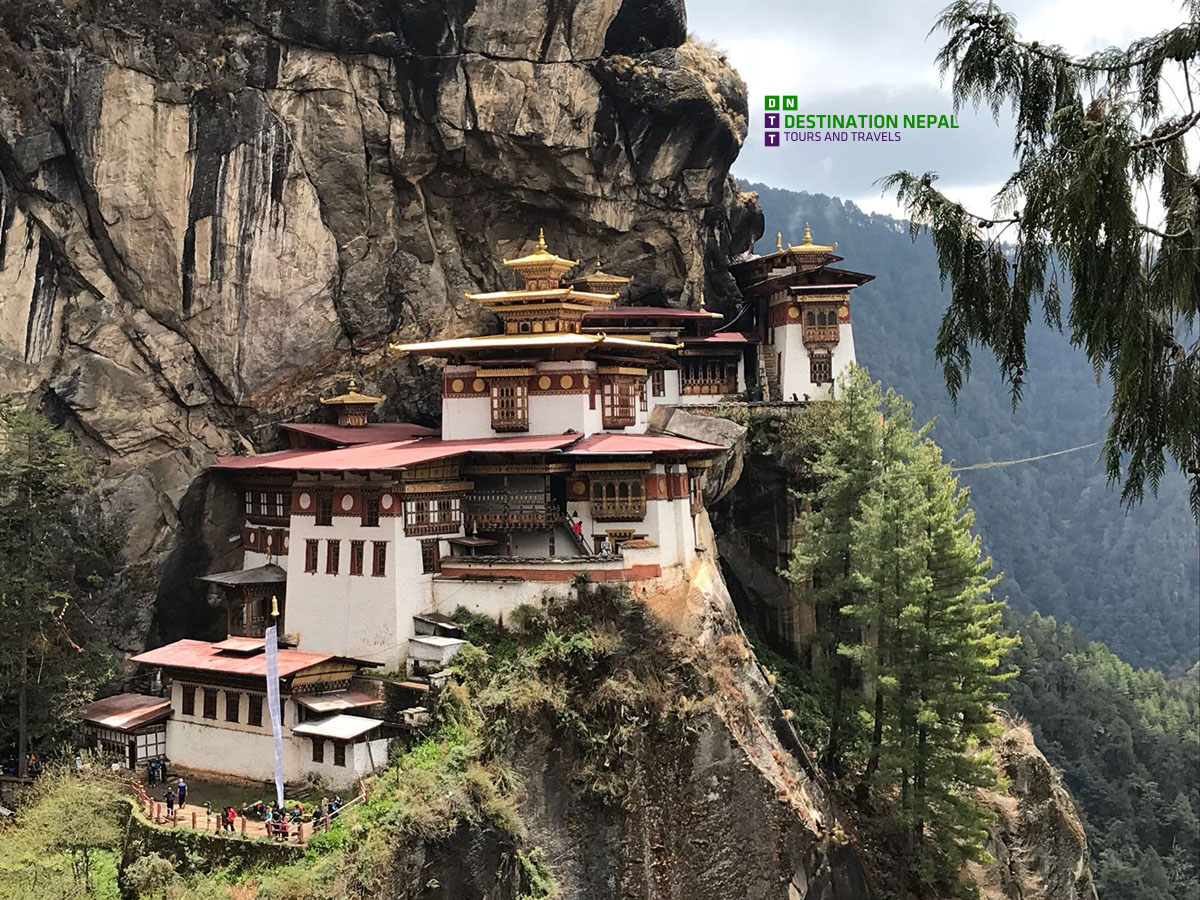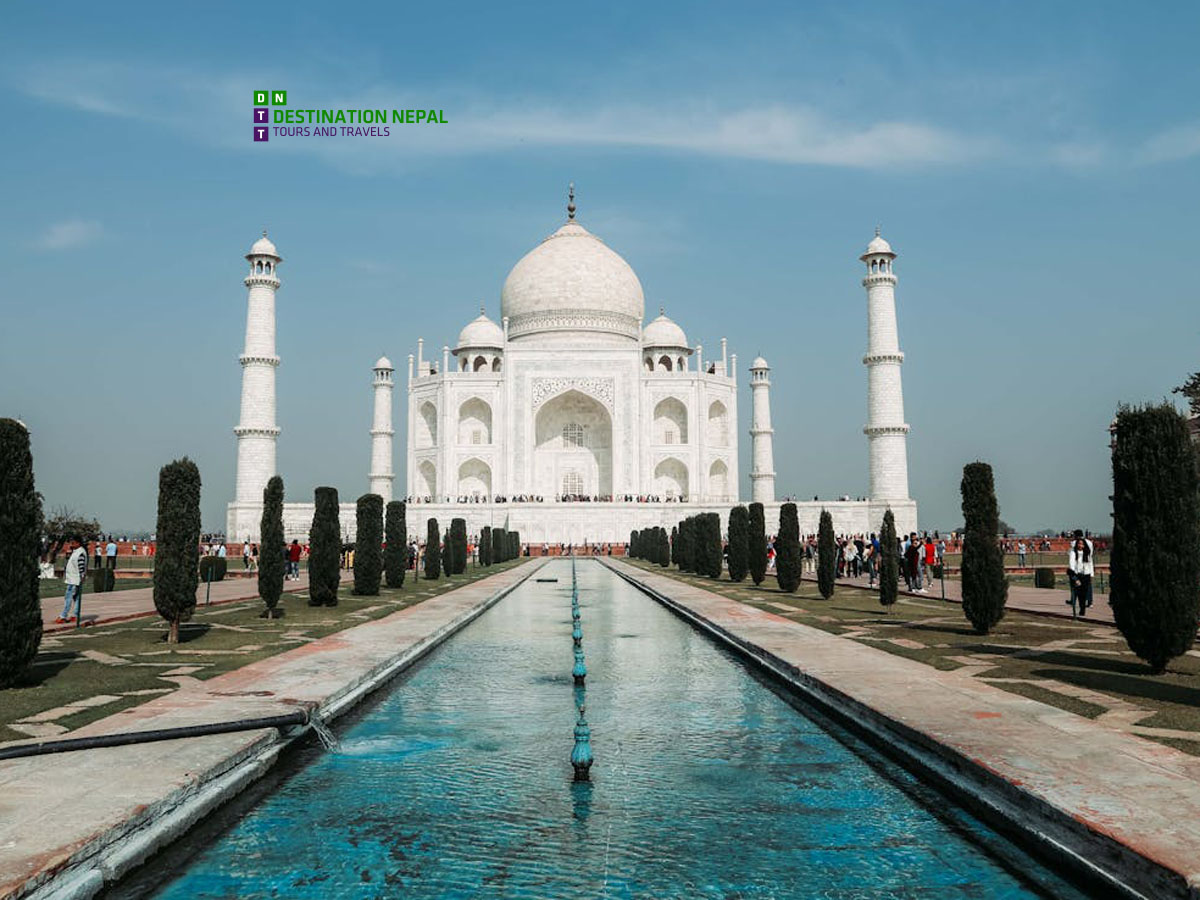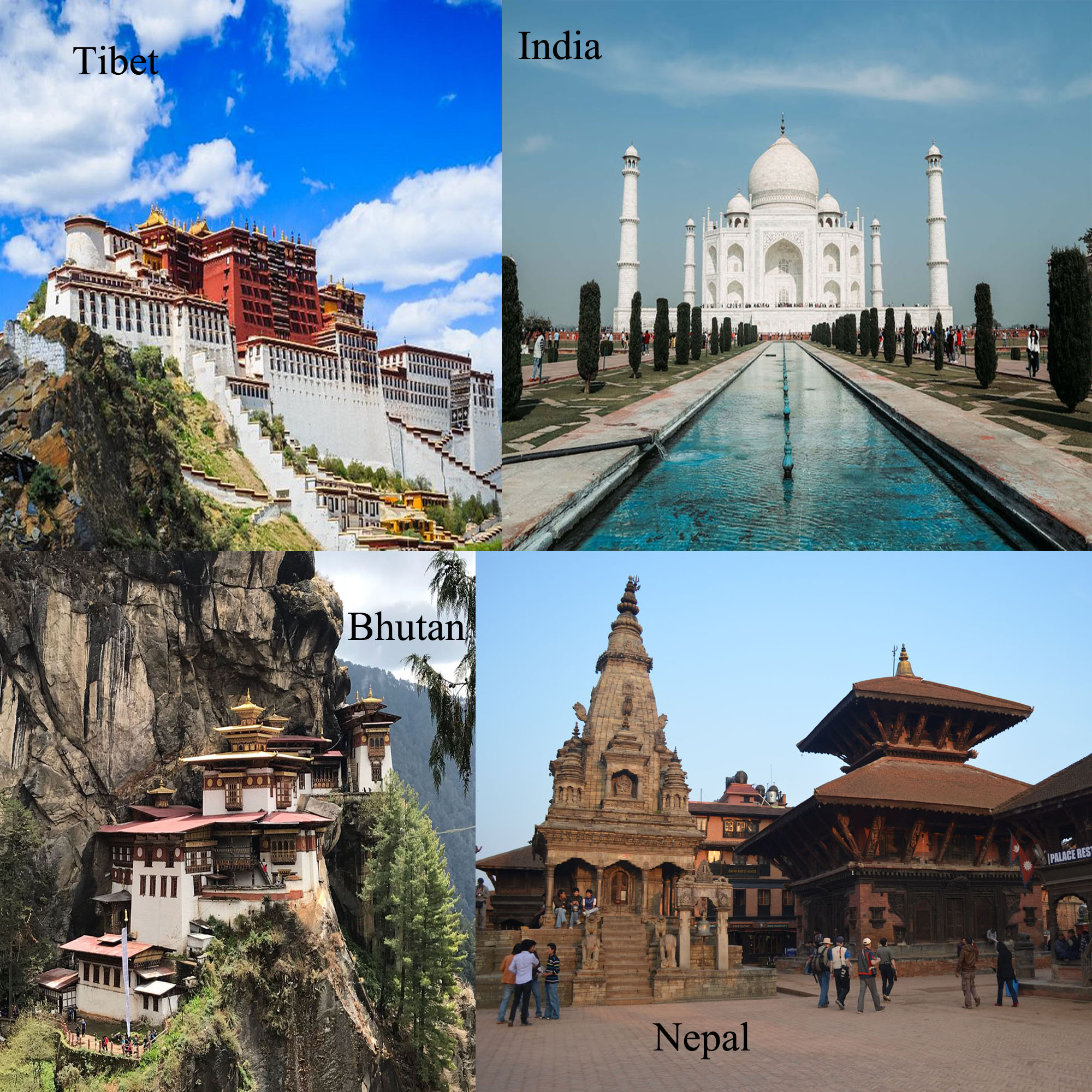Places to visit in Bagmati Province
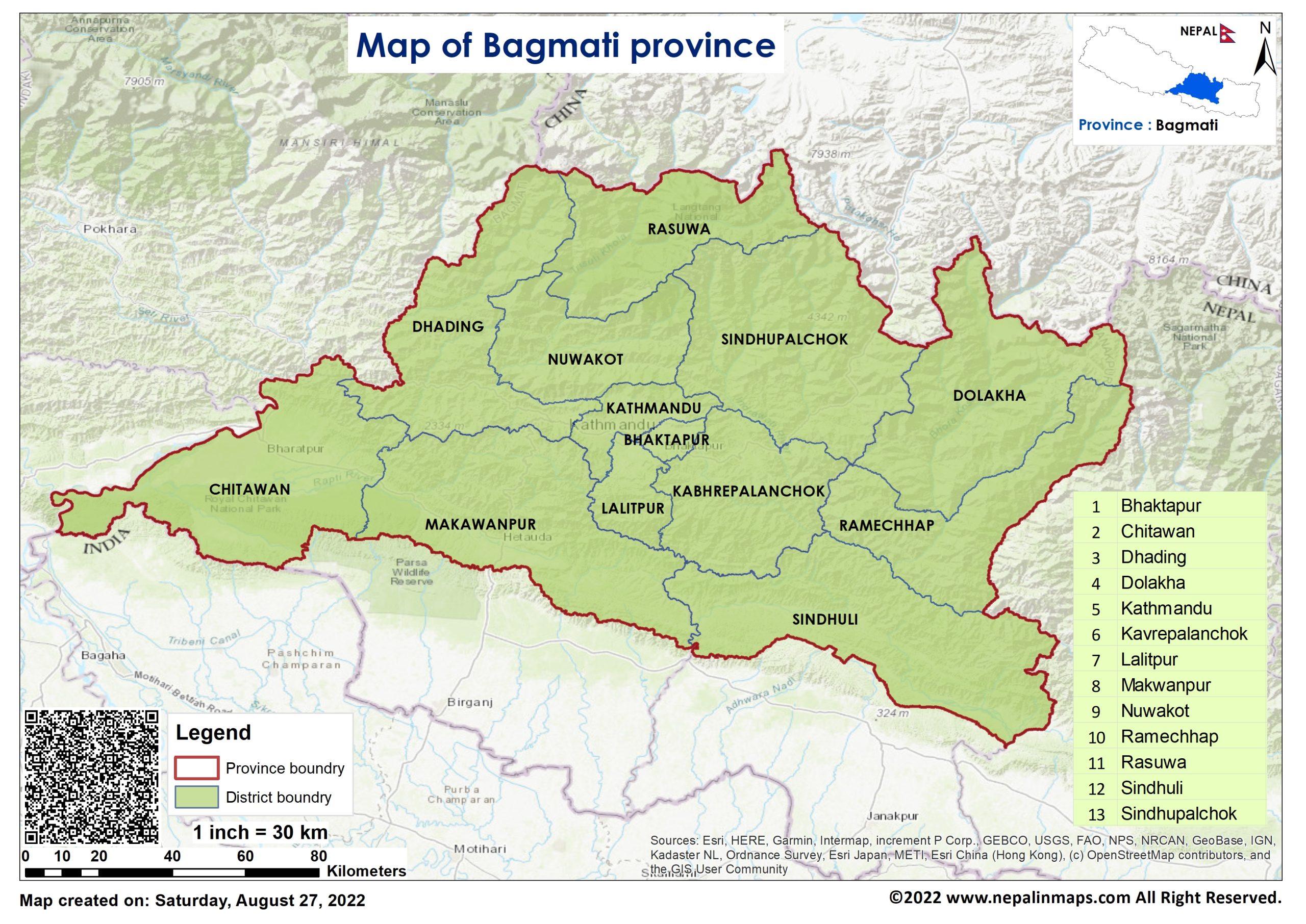
Quick Inquiry?
📱 WhatsApp: +977-9851148105
📧 Email: info@dntt.com.np | destinationnepal@outlook.com
Bagmati Province
Bagmati Province is one of the seven provinces of Nepal, located in the central part of the country. It was formed in 2015 after the adoption of the new constitution of Nepal. The province is named after the Bagmati River, which flows through the province and is considered a holy river in Hinduism.
The province covers an area of 20,300 square kilometers and has a population of over 5 million people, according to the 2021 census. The province has its capital in Hetauda and is divided into 13 districts, including Kathmandu, Lalitpur, and Bhaktapur, which are collectively known as the Kathmandu Valley.
The province is known for its rich cultural heritage, including several UNESCO World Heritage sites such as the Pashupatinath Temple and the Boudhanath Stupa. It is also home to several national parks and conservation areas, including the Chitwan National Park, Langtang National Park, and Shivapuri National Park, which are popular destinations for trekking and wildlife watching.
The economy of the province is mainly driven by agriculture, tourism, and industry. The province is rich in natural resources such as water, forests, and minerals, which are used for hydropower generation, timber production, and mining. The province is also a major center for trade and commerce, with Kathmandu serving as the main commercial hub.
Places to visit in Kathmandu:(Kathmandu, Bhaktapur & Lalitpur)
1. Pashupatinath Temple
A UNESCO World Heritage site and one of the holiest Hindu temples dedicated to Lord Shiva. Located along the banks of the Bagmati River, it is famous for its stunning architecture and spiritual significance.
2. Boudhanath Stupa
One of the largest stupas in the world, Boudhanath is a center for Tibetan Buddhism. The stupa is surrounded by prayer wheels, monasteries, and shops selling traditional Tibetan items.
3. Swayambhunath Stupa (Monkey Temple)
This ancient religious complex is perched on a hill, offering a panoramic view of Kathmandu Valley. It is a blend of Hindu and Buddhist beliefs and is famous for the monkeys that inhabit the area.
4. Kathmandu Durbar Square
Located in the heart of the city, this historic square is filled with ancient palaces, temples, courtyards, and statues. It was once the royal palace of the Malla kings and is a UNESCO World Heritage site.
5. Patan Durbar Square
Situated in Lalitpur (Patan), this square is known for its beautiful Newari architecture, ancient palaces, temples, and fine arts. Patan is also a center for handicrafts and art galleries.
6. Bhaktapur Durbar Square
Though technically outside of central Kathmandu, it is a must-visit for its well-preserved medieval architecture, pottery square, and traditional lifestyle. Bhaktapur is also known as the "City of Devotees."
7. Garden of Dreams
A serene, neo-classical garden located in the center of Kathmandu. It’s perfect for relaxation amidst lush greenery, fountains, and historical pavilions.
8. Thamel
The tourist hub of Kathmandu, packed with shops, restaurants, cafes, and guesthouses. It's a great place for buying souvenirs, enjoying local cuisine, and preparing for trekking adventures.
9. Kopan Monastery
A Tibetan Buddhist monastery located on a hilltop. It is a place for meditation retreats and offers stunning views of the surrounding valley.
10. Narayanhiti Palace Museum
Once the royal residence of the Nepalese monarchy, this palace is now a museum that offers insights into the country's royal history.
11. Kailashnath Mahadev Statue
The Kailashnath Mahadev Statue, located in Sanga near Kathmandu, is the world's tallest statue of Lord Shiva, standing at 143 feet, symbolizing peace and power.
12. Doleshwar Mahadev Temple
Doleshwar Mahadev Temple, located in Bhaktapur, is believed to be the head part of the sacred Kedarnath Temple in India, making it a significant pilgrimage site for devotees.
13. Budhanilkantha temple
Budhanilkantha Temple, located at the base of the Shivapuri Hill, is famous for its stunning 5-meter-long statue of Lord Vishnu reclining on a cosmic serpent, submerged in a sacred pond.
Dakshinkali Temple, located south of Kathmandu, is a revered Hindu shrine dedicated to Goddess Kali, known for its animal sacrifices during festivals to seek the goddess's blessings.
15. Bungmati & Khokana Village
Bungmati and Khokana are traditional Newari villages near Kathmandu, known for their rich cultural heritage, woodcraft, and mustard oil production, offering a glimpse into authentic rural life.
16. Kirtipur & Chovar
Kirtipur, an ancient hilltop town, and Chovar, known for its scenic gorge, are famous for their historic architecture, vibrant culture, and panoramic views of the Kathmandu Valley.
17. Nagarkot
Nagarkot is a scenic hilltop near Kathmandu, famous for its stunning sunrise views over the Himalayas.
Kirtipur, an ancient hilltop town, and Chovar, known for its scenic gorge, are famous for their historic architecture, vibrant culture, and panoramic views of the Kathmandu Valley.
Places to visit In Chitwan District:
1. Chitwan National Park: A UNESCO World Heritage Site, this park is famous for its diverse wildlife, including one-horned rhinos, Bengal tigers, elephants, and exotic birds. Activities include jeep safaris, canoe rides, and jungle walks.
2. Elephant Breeding Center: Located in Sauraha, this center offers a unique opportunity to learn about elephant conservation and observe baby elephants in their natural habitat.
3. Tharu Cultural Museum and Research Center: Discover the rich culture and traditions of the Tharu community through exhibits, artifacts, and performances.
4. Bishazari Tal (20,000 Lakes): A serene wetland area perfect for bird watching and exploring nature’s tranquility.
5. Meghauli Village: Known for its peaceful environment, this village offers community-based experiences, cultural interactions, and stunning sunset views over the Narayani River.
6. Devghat Dham: A sacred pilgrimage site where the Gandaki and Trishuli rivers meet, Devghat is known for temples, ashrams, and spiritual significance.
7. Narayani River: Enjoy scenic boat rides or relax by the riverbank while taking in the natural beauty of Chitwan.
8. Chitwan Tharu Village: Experience authentic village life, traditional Tharu houses, and cultural performances.
9. Crocodile Breeding Center: Located near the Rapti River, this center focuses on conserving endangered gharials and mugger crocodiles.
10. Sauraha: The gateway to Chitwan National Park, Sauraha offers comfortable accommodations, restaurants, and easy access to jungle activities.
Places to visit In Kavre District:
1. Namo Buddha
Namo Buddha is a serene pilgrimage site in Nepal, known for its ancient monastery and the legend of Buddha's selfless compassion.
Dhulikhel and Panauti are charming towns near Kathmandu, known for their rich culture, historic temples, and stunning views of the Himalayas.
Places to visit In Rasuwa District:
The Tamang Heritage Trail offers an immersive experience of Himalayan culture and natural beauty in Nepal. Passing through traditional Tamang villages like Goljung, Gatlang, and Briddim, the trail showcases ancient monasteries, vibrant traditions, and breathtaking views of Langtang, Ganesh Himal, and Kerung ranges. Along with cultural experiences, trekkers can enjoy alpine landscapes, rhododendron forests, and rejuvenating hot springs at Tatopani.
We will update more places soon.............
